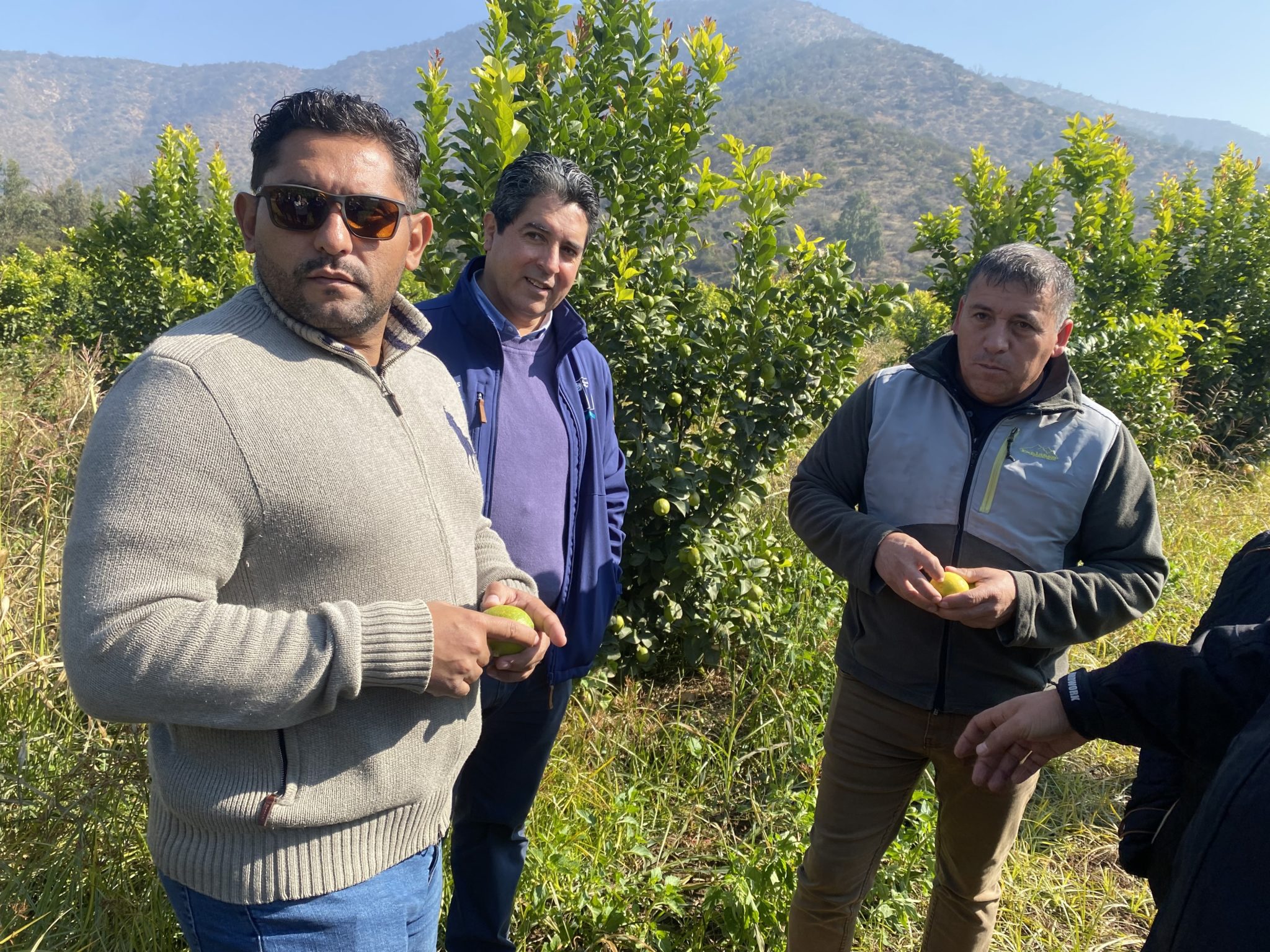The agricultural landscape in the Churah sub-district of Himachal Pradesh is currently grappling with a significant crisis as farmers face an alarming lack of rainfall. Reports indicate that without adequate precipitation, the pea crops are beginning to dry up, raising concerns among local farmers about the viability of their harvests. Farmers who typically harvest peas two to three times have only managed a single yield so far this season. If rain does not arrive in the next few days, they could face severe losses, impacting their livelihoods and food security.
Current Situation
In recent weeks, the region has experienced a prolonged dry spell, with no rainfall recorded for over a month. This is particularly concerning for the farmers in the villages of Shaul under the Gram Panchayat of Bounderi, who rely heavily on pea and apple production for their income. Local farmers such as Ajay Kumar, Pramod Kumar, and Sanjeev Kumar report that their crops are nearing critical levels of dehydration. The absence of rain has not only stunted growth but also led to a lack of flowering and pod formation, further threatening the harvest.
According to the Indian Meteorological Department, the monsoon season in Himachal Pradesh has become increasingly unpredictable in recent years, with irregular patterns posing significant challenges to local agriculture. The unpredictability of weather patterns can be attributed to broader climate change impacts, which have led to more frequent droughts and erratic rainfall.
Economic Implications
The financial implications for farmers in the region are dire. Many farmers invest substantial resources into their pea crops, purchasing seeds and fertilizers at high market prices. Current market rates for peas hover between ₹70 to ₹80 per kilogram, which may not sufficiently cover the costs incurred by farmers, especially if yields are low. The stress of these economic pressures is compounded by the anxiety of uncertain weather, making it difficult for farmers to plan for the future.
In the context of broader agricultural economics, the crisis in Churah highlights the urgent need for adaptive strategies to combat the effects of climate change. A report by the Food and Agriculture Organization (FAO) emphasizes the importance of climate-smart agriculture practices, which can enhance resilience among farmers. These practices include improving soil health, diversifying crops, and adopting water-efficient technologies.
Potential Solutions
To address the current challenges, local agricultural engineers and agronomists could explore several strategies:
- Improved Irrigation Systems: Investing in efficient irrigation techniques such as drip or sprinkler systems can help manage water resources more effectively during dry spells.
- Crop Diversification: Encouraging farmers to plant a variety of crops can reduce dependency on single harvests and enhance food security.
- Agroecological Practices: Implementing sustainable farming practices that enhance soil fertility and moisture retention could improve resilience against drought conditions.
- Weather Forecasting Tools: Providing farmers with access to advanced weather forecasting and climate data can help them make informed decisions regarding planting and harvesting times.
The ongoing drought in the Churah region serves as a stark reminder of the vulnerabilities faced by farmers due to changing climate patterns. With urgent action needed to support local agriculture, it is essential for farmers, agronomists, and agricultural engineers to collaborate and develop effective strategies that enhance resilience and ensure sustainable production. As the situation unfolds, the commitment to adaptive agricultural practices will play a crucial role in safeguarding the livelihoods of farmers and the food supply in the region.
Error




